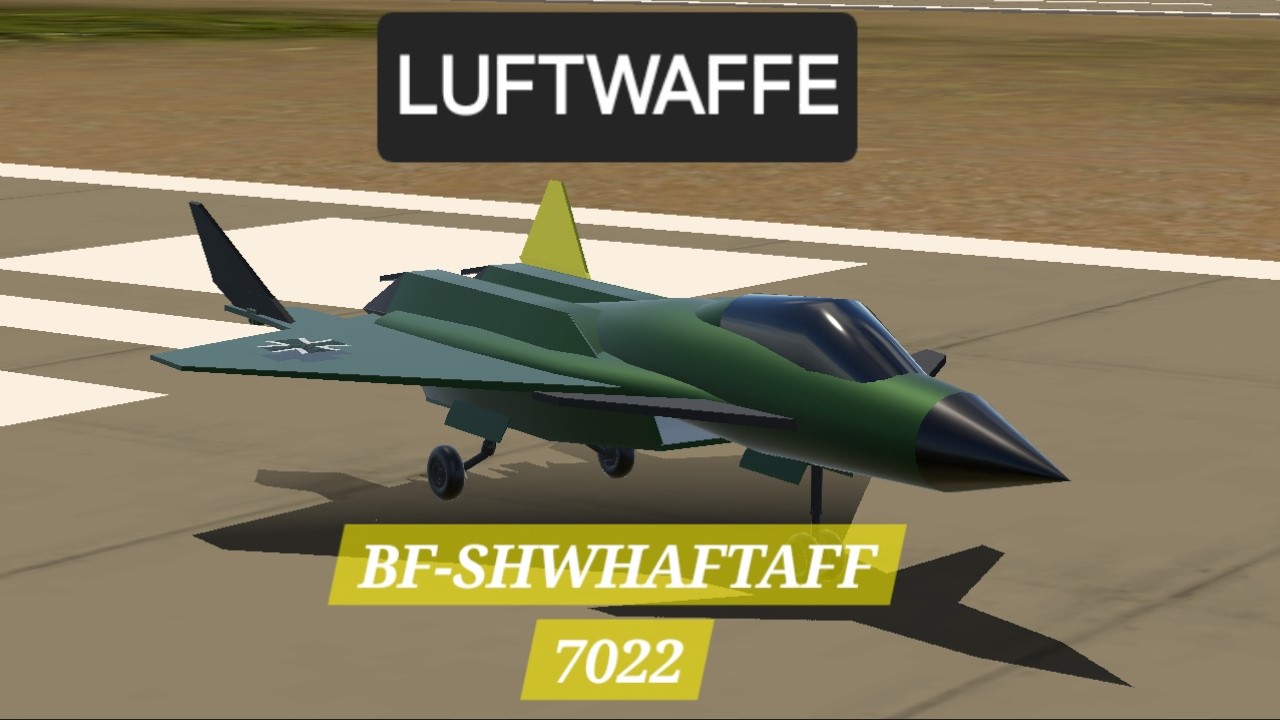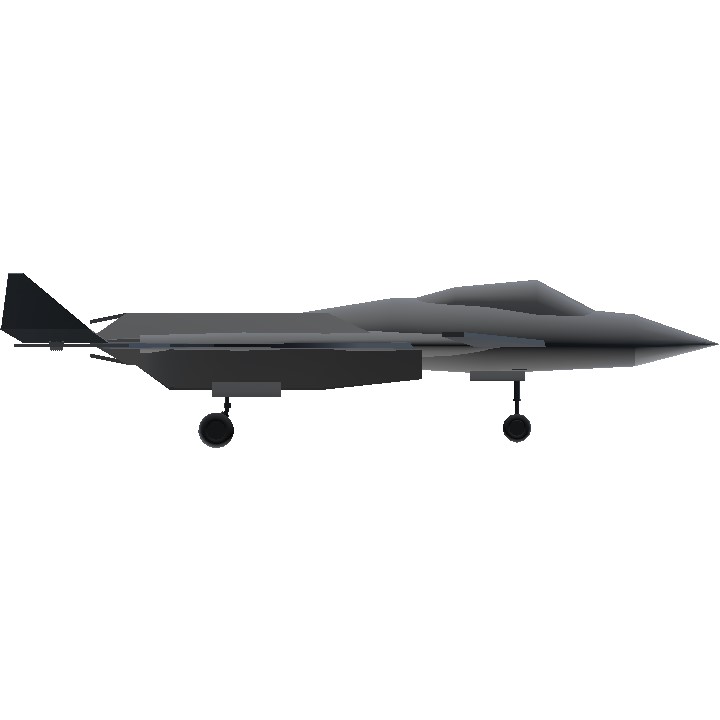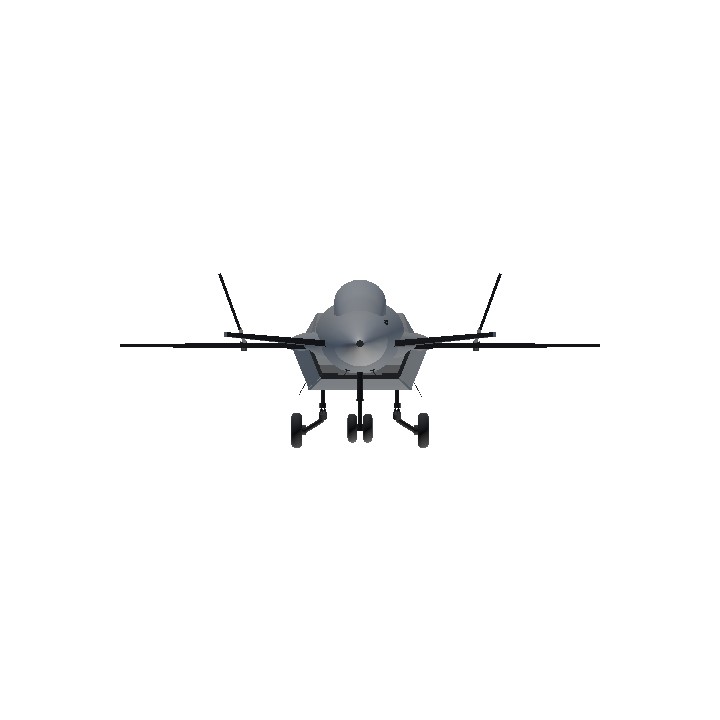Title: The Rise of the Luftwaffe BF-Scwhaftaff 7022
Setting: A Futuristic Dystopian World
In the year 2122, the world has transformed into a sprawling landscape of high-tech mega-cities and desolate wastelands. Following decades of global conflict and climate disasters, geopolitical alliances have shifted dramatically. Among the most potent powers is a reformed version of the Nazi Party, which has emerged from the ashes of its earlier iteration, adopting advanced technology to cement its rule. The Alliance Nazi Party has harnessed cutting-edge science and ruthless militarization, leading to the development of advanced aircraft designed for air superiority.
The Origin of the BF-Scwhaftaff 7022
The Luftwaffe BF-Scwhaftaff 7022 was conceived in a top-secret laboratory known as the Stahlwerk, located beneath the militarized city of Neue Berlin. This aircraft represented the pinnacle of Nazi aerospace engineering, integrating state-of-the-art technologies such as artificial intelligence, stealth capabilities, and energy-based weaponry.
The name "BF-Scwhaftaff 7022" pays homage to the historic Luftwaffe while incorporating a new German designation that translates to "Battle Flyer" (Scwhaftaff). The number '7022' denotes the year of its first test flight in the late 22nd century, signifying the aircraft's cutting-edge status.
The Story of Its Development
The development of the BF-Scwhaftaff 7022 was spearheaded by a brilliant yet morally ambiguous engineer known as Dr. Klaus Richter. With a vision of dominance in the skies, Richter sought to create an aircraft that would secure air superiority for the Alliance Nazi Party. Utilizing a combination of reverse-engineered alien technology and advanced robotics, the BF-Scwhaftaff 7022 quickly became a ghost within the air.
The design incorporated a sleek, angular fuselage, powered by a never-before-seen anti-gravity propulsion system that allowed for incredible maneuverability at high speeds. The aircraft's AI system, named "Eisen," was programmed for tactical decision-making and could even engage in electronic warfare, scrambling enemy communications during aerial combat.
As construction of the BF-Scwhaftaff 7022 neared completion, the Alliance Nazi Party faced significant resistance from insurgent groups advocating for freedom and equality. Fearing the growing threat of rebellion, the regime accelerated the deployment of the aircraft, heralding it as the "Aerial Shield of the Reich."
The BF-Scwhaftaff's First Mission
On its inaugural operational mission, the BF-Scwhaftaff 7022 was deployed over the wastelands of Eastern Europe, where insurgent factions had established strongholds. The aircraft swiftly engaged in combat, showcasing its advanced capabilities by outmaneuvering opposing fighters and executing precise strikes against ground targets. As Eisen analyzed and adapted to enemy tactics in real-time, the BF-Scwhaftaff 7022 became an unstoppable force, instilling fear in its adversaries.
However, as the aircraft's fame grew, so did its notoriety. Surviving pilots of the insurgent factions began to speak of the "Ghost of the Skies," a phantom-like presence that appeared out of nowhere, turning the tide of battles with devastating efficiency. The Alliance Nazi Party used this fear to bolster their propaganda, presenting the BF-Scwhaftaff 7022 as a divine instrument of their ideology.
The Unexpected Betrayal
Yet, within the inner workings of the Stahlwerk, not all was as it seemed. Dr. Richter grew increasingly disillusioned with the regime and its oppressive methods, leading him to secretly collaborate with insurgents on the integration of a self-destruct mechanism within the BF-Scwhaftaff 7022. His intention was to provide a means for sabotaging the aircraft should it ever be used for heinous acts against humanity.
As the conflicts escalated, the insurgent factions became aware of the machine’s true potential and sought to acquire one for themselves. The climactic confrontation between the BF-Scwhaftaff 7022 and both sides—the oppressive regime and freedom fighters—set the stage for a fateful battle in the skies over the now-chaotic ruins of Neue Berlin.
Conclusion: A New Dawn or Dusk?
In the ultimate showdown, the insurgents successfully hijacked a BF-Scwhaftaff 7022, leading to a high-stakes aerial duel. Just as tensions peaked and the aircraft’s devastating weaponry began to turn against its creators, a decisive signal from Dr. Richter triggered the self-destruction protocol. In a brilliant flash, the aircraft lit up the sky, destroying itself and enemy forces alike, changing the course of the battle.
The aftermath of the explosion marked a significant turning point, as the Alliance Nazi Party began to splinter amidst internal discontent and crushing losses. The story of the BF-Scwhaftaff 7022, once a symbol of oppression, transformed into a legacy of resistance and sacrifice, inspiring future generations to rise against tyranny.
In this new world, the remnants of its technology and the lessons learned serve as a reminder that the struggle for freedom is an ongoing fight, and heroes can rise from the shadows, even when they are forged in steel and fire.
THIS STORY WASN'T BASED A REAL POLITICAL
Specifications
General Characteristics
- Created On Android
- Wingspan 52.7ft (16.1m)
- Length 79.7ft (24.3m)
- Height 18.9ft (5.7m)
- Empty Weight 28,151lbs (12,769kg)
- Loaded Weight 39,363lbs (17,854kg)
Performance
- Power/Weight Ratio 1.027
- Wing Loading 39.9lbs/ft2 (194.6kg/m2)
- Wing Area 987.6ft2 (91.8m2)
- Drag Points 1207
Parts
- Number of Parts 90
- Control Surfaces 2
- Performance Cost 414





!!! I'M NOT A NAZI PARTY LOVER POLITICS, THIS AIRCRAFT WERE MADE FOR FUN PLEASE DON'T TAKE SERIOUSLY
Must. REMAKE!!!